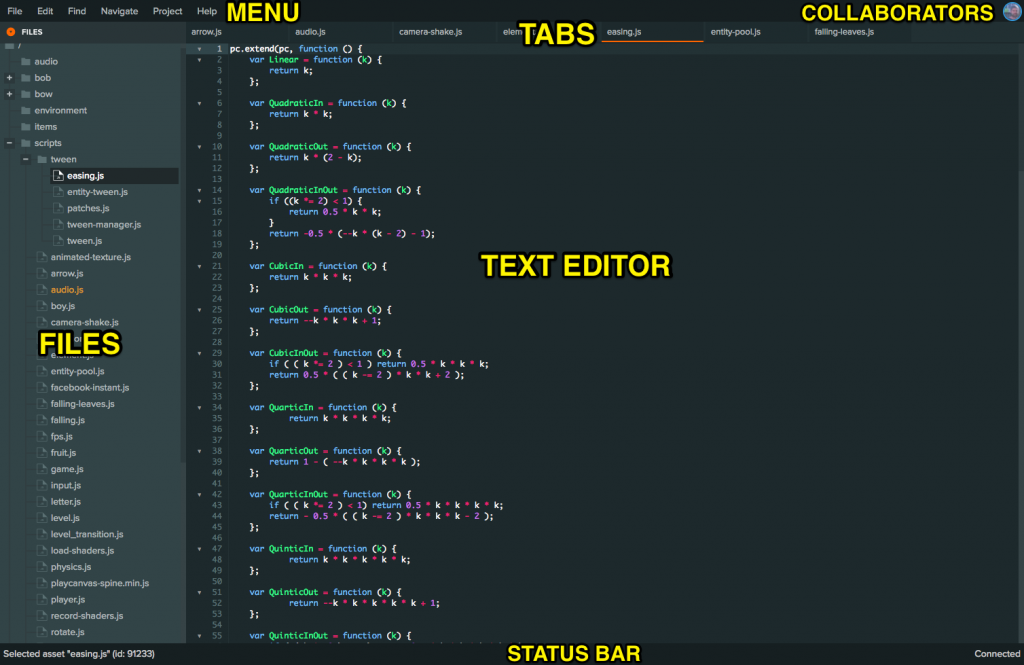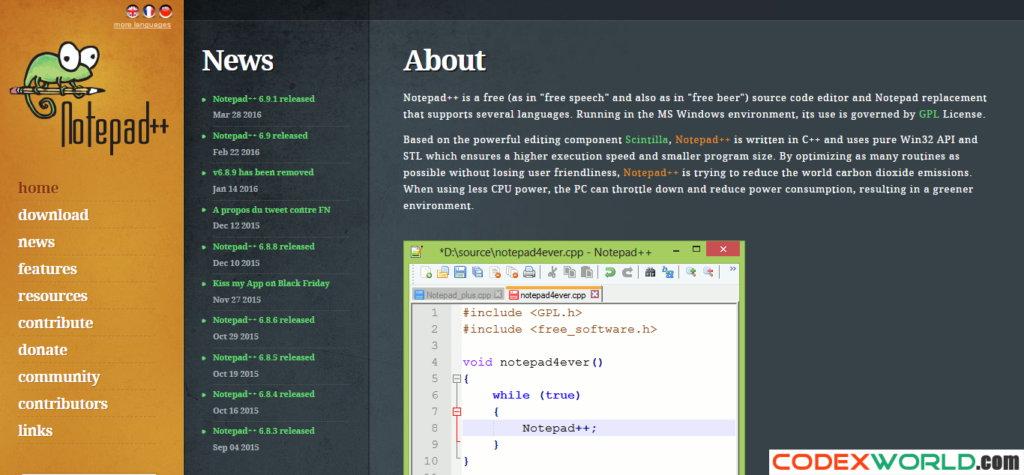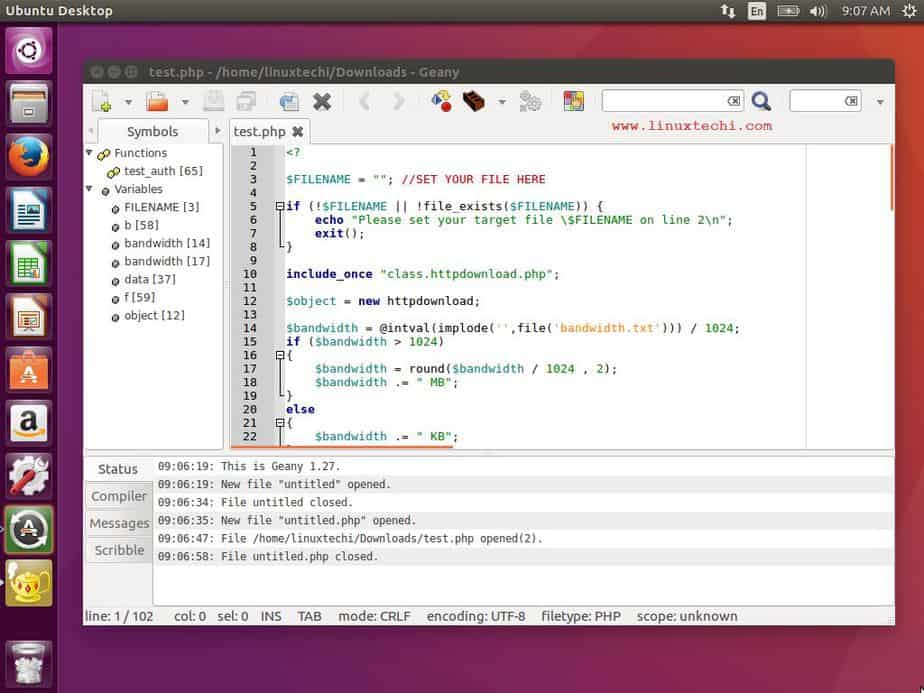

Unsafely coded browser extensions can compromise the security of a browser, making them attractive targets for attackers as a primary vehicle for conducting cyber-attacks. Our results presented here shed additional light on the problem of distinguishing between malicious and benign scripts. We also introduce a novel set of features, which help detect obfuscation in JavaScripts. Using a dataset of regular, minified and obfuscated samples from a content delivery network and the Alexa top 500 websites, we show that it is possible to distinguish between obfuscated and non-obfuscated scripts with precision and recall around 99%. In this paper, we present a method for automatic detection of obfuscated JavaScript using a machine-learning approach. A detector that can reliably detect obfuscated JavaScripts would therefore be a valuable tool in fighting malicious JavaScripts. Since the only other reason to use obfuscation is to protect intellectual property, the share of scripts which are both benign and obfuscated is quite low, and could easily be captured with a whitelist. hard to detect using signature-based approaches.
#WEB BASED PLAIN TEXT EDITOR CODE#
Malicious JavaScript code is often obfuscated in order to make it. Malicious JavaScripts redirect victims to exploit kits, probe for known vulnerabilities to select a fitting exploit or manipulate the Document Object Model (DOM) of a web page in a harmful way. JavaScript is a common attack vector for attacking browsers, browser plug-ins, email clients and other JavaScript enabled applications. If this technology moves beyond high-tech early adopters to actually impact the way the Web is used, we should expect a similar continuing escalation of more clever Web page hacks and more cleverly generated Web pages. We have seen a continuing arms race between malware writers and detectors and between Web page creators and search engine writers. It lets users load and execute JavaScripts on Web pages, allowing them to manipulate the pages content in certain ways. The Greasemonkey Firefox extension could change the way people view Web pages. a dark conspiracy between Microsoft and the page-creation establishment, but that limitation turned out to be a bug, provoked, among other things, by having an alias to the text viewer on the desktop. A Web page's source is clearly no deep secret, after all, it's revealed by a few lines of Java.

#WEB BASED PLAIN TEXT EDITOR FULL#
The author found the ability of scripts to take over browser processing, generate a desktop full of pop-up windows, and execute arbitrary code on my machine offensive. The original commercial Web browsers seemed more oriented toward pleasing Web page creators than their consumers. The general finding of our study is that continuing to index the web via simple HTML parsing will diminish the effectiveness of retrieval on the modern web, and that the IR community should work toward more sophisticated web page processing in indexing technology. We find that a large divergence currently exists, and we show via a historical analysis that this divergence has grown more pronounced over the last decade. We study this divergence by comparing raw HTML to its fully rendered form across a number of metrics spanning presentation, geometry, and content, using a large, representative sample of popular web pages. For example, interactive pages may contain content in regions that are not visible before a user action, such as focusing a tab, but which are nonetheless still contained within the raw HTML. dramatically from its raw HTML content (i.e., what search engines index and retrieve). Unfortunately, this presents challenges to the web search community, as a web page's representation in the browser (i.e., what users see) can diverge.

The continued development and maturation of advanced HTML features such as Cascading style sheets (CSS), Javascript, and AJAX, as well as their widespread adoption by browsers, has enabled web pages to flourish with sophistication and interactivity.


 0 kommentar(er)
0 kommentar(er)
